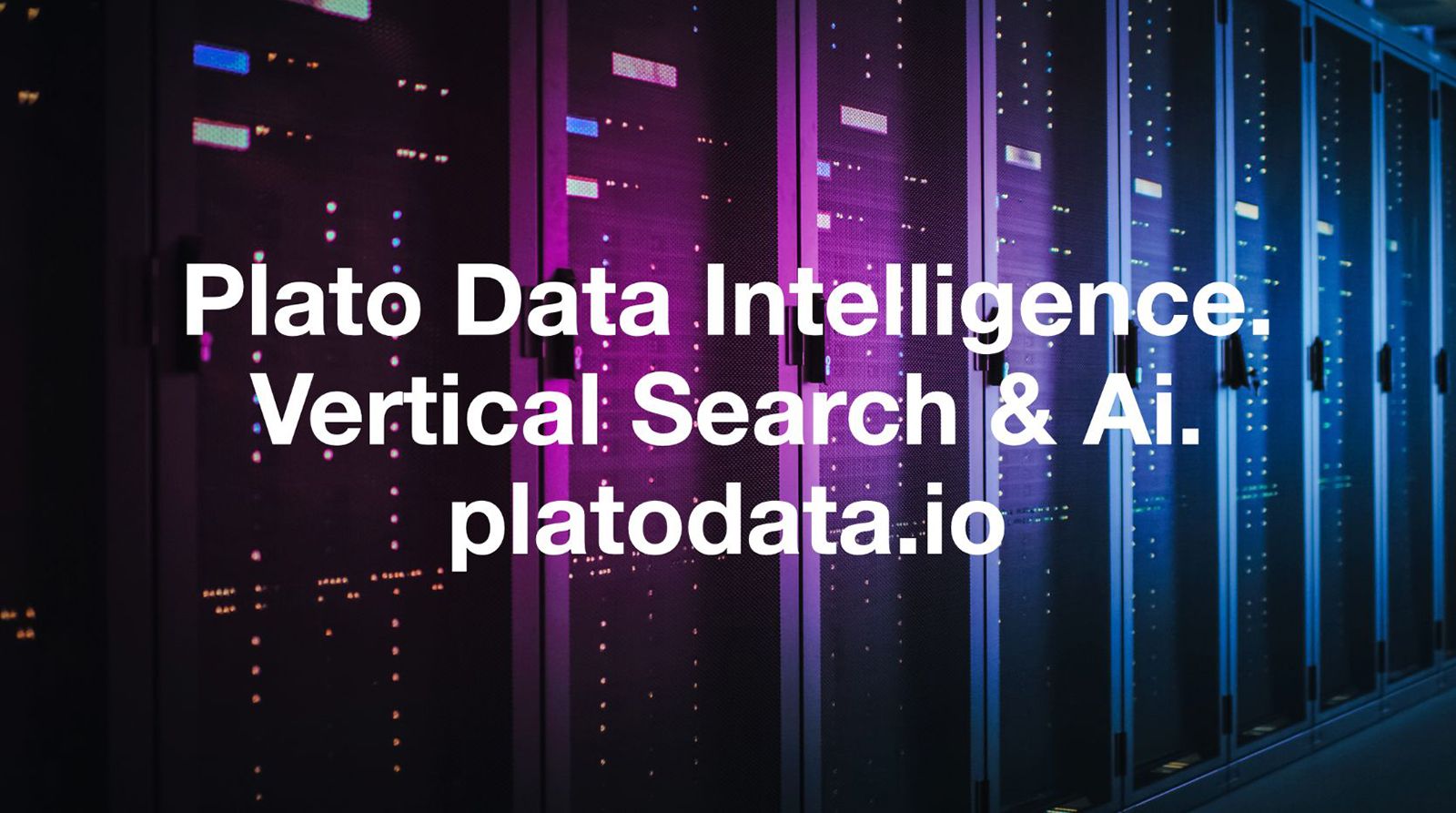
The Growing Demand for Machine Learning: Is it Surpassing Moore’s Law?
Machine learning has become one of the most sought-after technologies in recent years, with its applications spanning across various industries. From healthcare to finance, retail to manufacturing, organizations are increasingly relying on machine learning algorithms to gain valuable insights, automate processes, and make data-driven decisions. This growing demand for machine learning has raised an intriguing question: is it surpassing Moore’s Law?
Moore’s Law, named after Intel co-founder Gordon Moore, states that the number of transistors on a microchip doubles approximately every two years, leading to a significant increase in computing power. This observation has held true for several decades and has been the driving force behind the exponential growth of technology. However, as machine learning becomes more complex and data-intensive, it is pushing the boundaries of Moore’s Law.
Machine learning algorithms require massive amounts of data to train models effectively. With the proliferation of connected devices and the Internet of Things (IoT), the volume of data being generated is growing exponentially. This influx of data poses a significant challenge for traditional computing architectures, as they struggle to process and analyze such vast amounts of information in a timely manner.
To overcome this challenge, organizations are turning to specialized hardware accelerators, such as graphics processing units (GPUs) and field-programmable gate arrays (FPGAs), which are designed to handle parallel processing tasks efficiently. These accelerators can perform complex mathematical computations required by machine learning algorithms much faster than traditional central processing units (CPUs). By leveraging these hardware accelerators, organizations can achieve faster training times and real-time inference capabilities.
Furthermore, advancements in cloud computing have played a crucial role in meeting the growing demand for machine learning. Cloud service providers offer scalable and flexible computing resources that can be easily provisioned on-demand. This allows organizations to access high-performance computing infrastructure without the need for significant upfront investments in hardware. Cloud-based machine learning platforms, such as Amazon Web Services (AWS) and Google Cloud Platform (GCP), provide pre-configured environments and tools that simplify the development and deployment of machine learning models.
Another factor contributing to the growing demand for machine learning is the availability of open-source libraries and frameworks. Platforms like TensorFlow, PyTorch, and scikit-learn have democratized machine learning by providing developers with powerful tools and resources to build and deploy models. These libraries offer a wide range of pre-built algorithms and models, making it easier for organizations to adopt machine learning without requiring extensive expertise in data science.
The increasing demand for machine learning is also driving advancements in hardware design. Companies like Intel, NVIDIA, and Google are investing heavily in developing specialized chips specifically designed for machine learning workloads. These chips, known as neural processing units (NPUs) or tensor processing units (TPUs), are optimized for matrix operations and can deliver significant performance improvements over traditional CPUs or GPUs.
While machine learning is undoubtedly pushing the boundaries of computing power, it is important to note that it is not necessarily surpassing Moore’s Law. Moore’s Law primarily focuses on the number of transistors on a microchip, whereas machine learning’s demand for computing power is driven by the complexity and volume of data being processed. As long as hardware manufacturers continue to innovate and develop specialized chips to meet the demands of machine learning, Moore’s Law will remain relevant.
In conclusion, the growing demand for machine learning is driving advancements in hardware design, cloud computing, and open-source libraries. While it may be stretching the limits of traditional computing architectures, it is not surpassing Moore’s Law. Instead, it is pushing the industry to develop specialized hardware accelerators and platforms that can handle the complex computational requirements of machine learning algorithms. As organizations continue to embrace machine learning, we can expect further innovations in computing technology to keep up with this ever-growing demand.
- SEO Powered Content & PR Distribution. Get Amplified Today.
- PlatoData.Network Vertical Generative Ai. Empower Yourself. Access Here.
- PlatoAiStream. Web3 Intelligence. Knowledge Amplified. Access Here.
- PlatoESG. Carbon, CleanTech, Energy, Environment, Solar, Waste Management. Access Here.
- PlatoHealth. Biotech and Clinical Trials Intelligence. Access Here.
- Source: Plato Data Intelligence.
- Source Link: https://zephyrnet.com/is-machine-learning-demand-starting-to-outpace-moores-law-techstartups/
- SEO Powered Content & PR Distribution. Get Amplified Today.
- PlatoData.Network Vertical Generative Ai. Empower Yourself. Access Here.
- PlatoAiStream. Web3 Intelligence. Knowledge Amplified. Access Here.
- PlatoESG. Carbon, CleanTech, Energy, Environment, Solar, Waste Management. Access Here.
- PlatoHealth. Biotech and Clinical Trials Intelligence. Access Here.
- Source: https://platodata.network/platowire/the-growing-demand-for-machine-learning-is-it-surpassing-moores-law/



